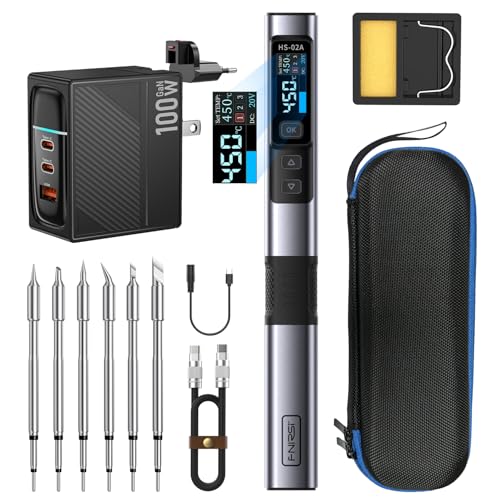I’m using my turnstile mic with flat k47 on mandolin this morning and it’s awesome. I’m using it in cardioid and I left the high pass on the mic flat, then on the channel, a high pass at 96hz and a very tiny 1db cut at 211 hz just for tone. I wanted to be able to hear the mic as it sounds since it’s the first time I’m using it, so I decided to high pass at the console rather than the mic so I could switch it in and out to listen- even with high pass off completely there’s nothing crazy going on in the low end).
We’ve been using an AT pro70 clipped to his music stand for a while on mandolin, and it generally sounds great but when he really lays into it, the upper mid can get a little spiky. That’s not happening at all with the flat 47. Even with the inexpensive circuit in this mic, it sounds beautifully full and is sitting in the mic nicely. It helps that Lou is a great player of course, but this is capturing him nicely. He’s right in front of the drummer, who plays really controlled, but the room is very live and there is no drum shield or anything onstage, and drum bleed is not presenting any issue, so the off axis sound is nice.
Here’s a photo, looks like a mic in front of a mandolin….
These capsules are great!
We’ve been using an AT pro70 clipped to his music stand for a while on mandolin, and it generally sounds great but when he really lays into it, the upper mid can get a little spiky. That’s not happening at all with the flat 47. Even with the inexpensive circuit in this mic, it sounds beautifully full and is sitting in the mic nicely. It helps that Lou is a great player of course, but this is capturing him nicely. He’s right in front of the drummer, who plays really controlled, but the room is very live and there is no drum shield or anything onstage, and drum bleed is not presenting any issue, so the off axis sound is nice.
Here’s a photo, looks like a mic in front of a mandolin….
These capsules are great!

































